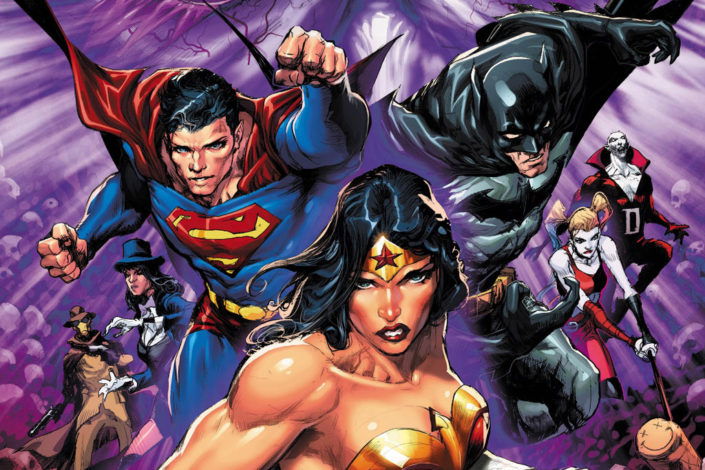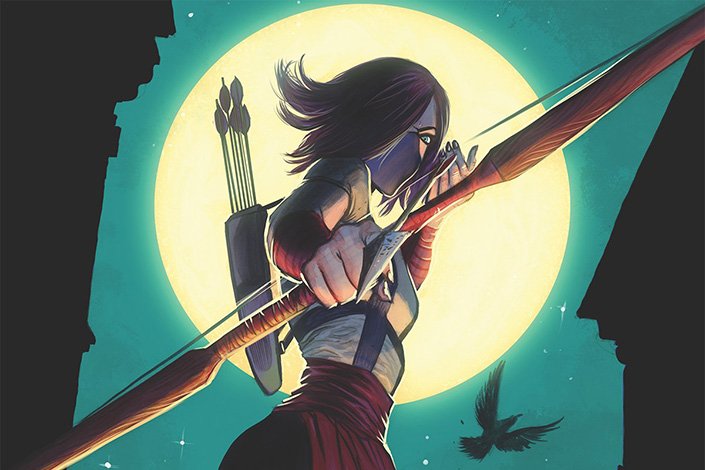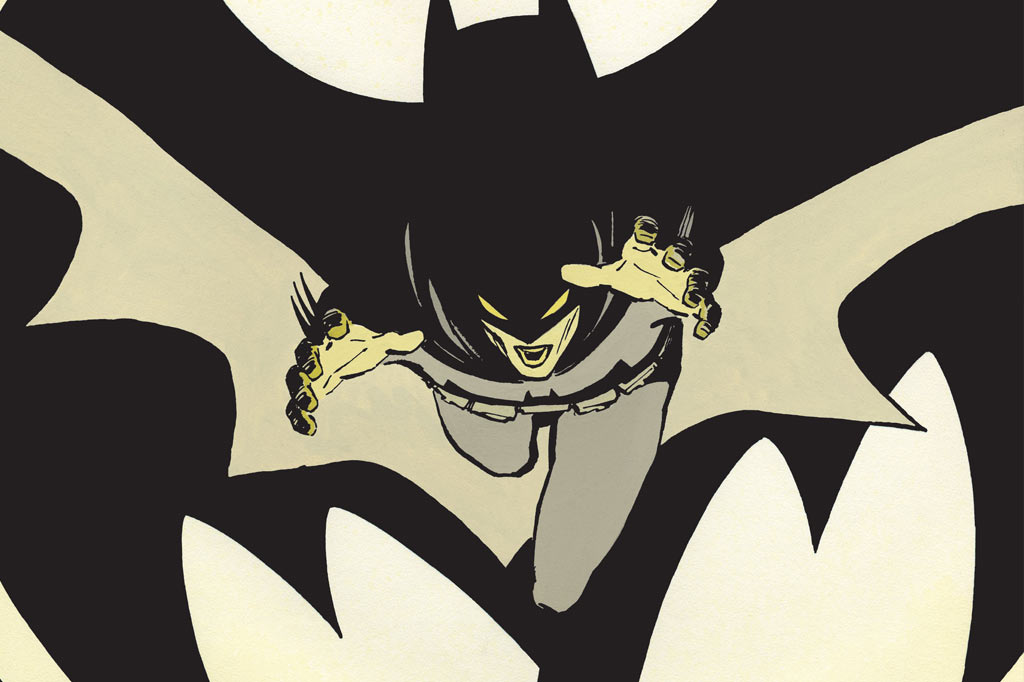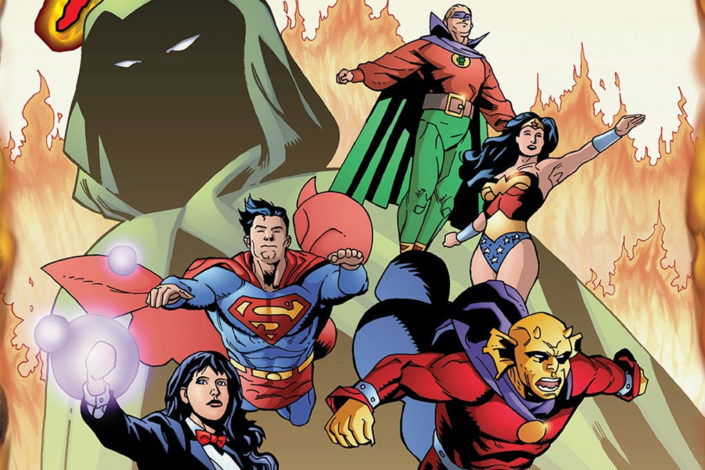DC Infinite Frontier, The Complete Reading Order

At the end of Dark Nights: Death Metal, the DC Universe has expanded into a large Omniverse or a multiverse of multiverses and a new DC era called Infinite Frontier was launched.
Was does it means for you readers? Despite the relaunch of many titles with new creative teams to make it easier for new readers to jump in, Infinite Frontier was not a reboot of any kind. It was the total opposite as the concept now was that anything can be canon.
Some books are more friendlier to new readers than others, especially if a new team was put on the title. Some actually wrote a story for Future State, a two-month-long event preceding Infinite Frontier and taking place in a “possible future” and offering us, for some comics, a sneak peek of what’s to come.
But other books were the continuation of previous runs, like James Tynion IV and Jorge Jimenez’s Batman or Ram V’s Catwoman, making it a little less accessible. And yes, there is a lot of Batman/Bat-family titles during that era!
The Infinite Frontier era (and the event of the same name launching the era) was shepherded by writer Joshua Williamson and lasted less than two years, from March 2021 to January 2023!
Following is a massive reading order for the Infinite Frontier era. I tried to organize this order taking into account family titles and chronology — and I’ll always advise reading about the characters you care about and not all, as this is a lot (and not everything is worth reading!).







